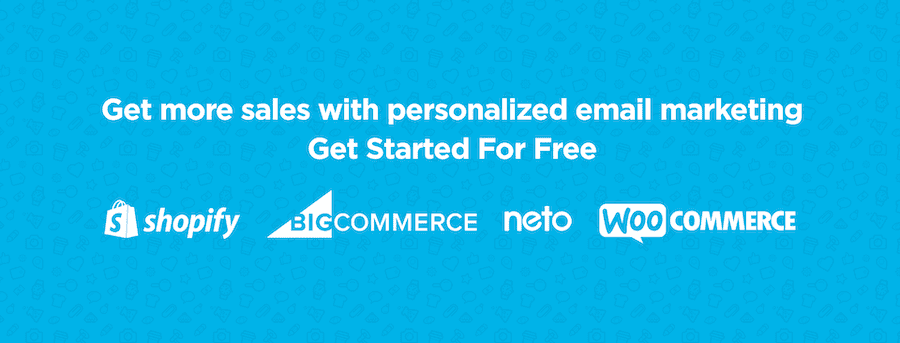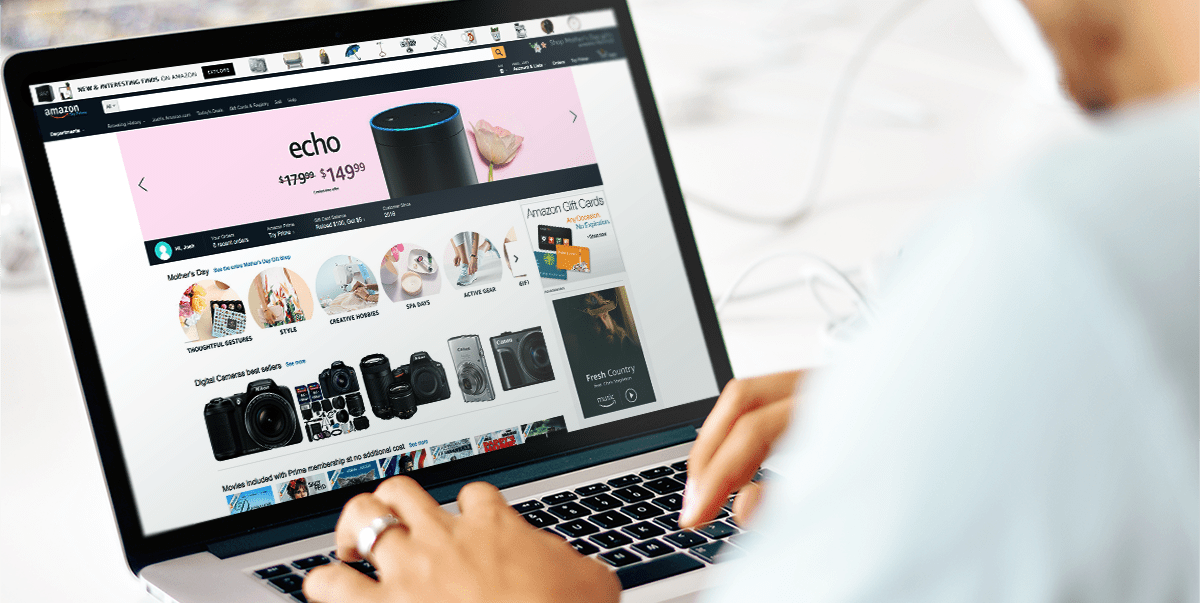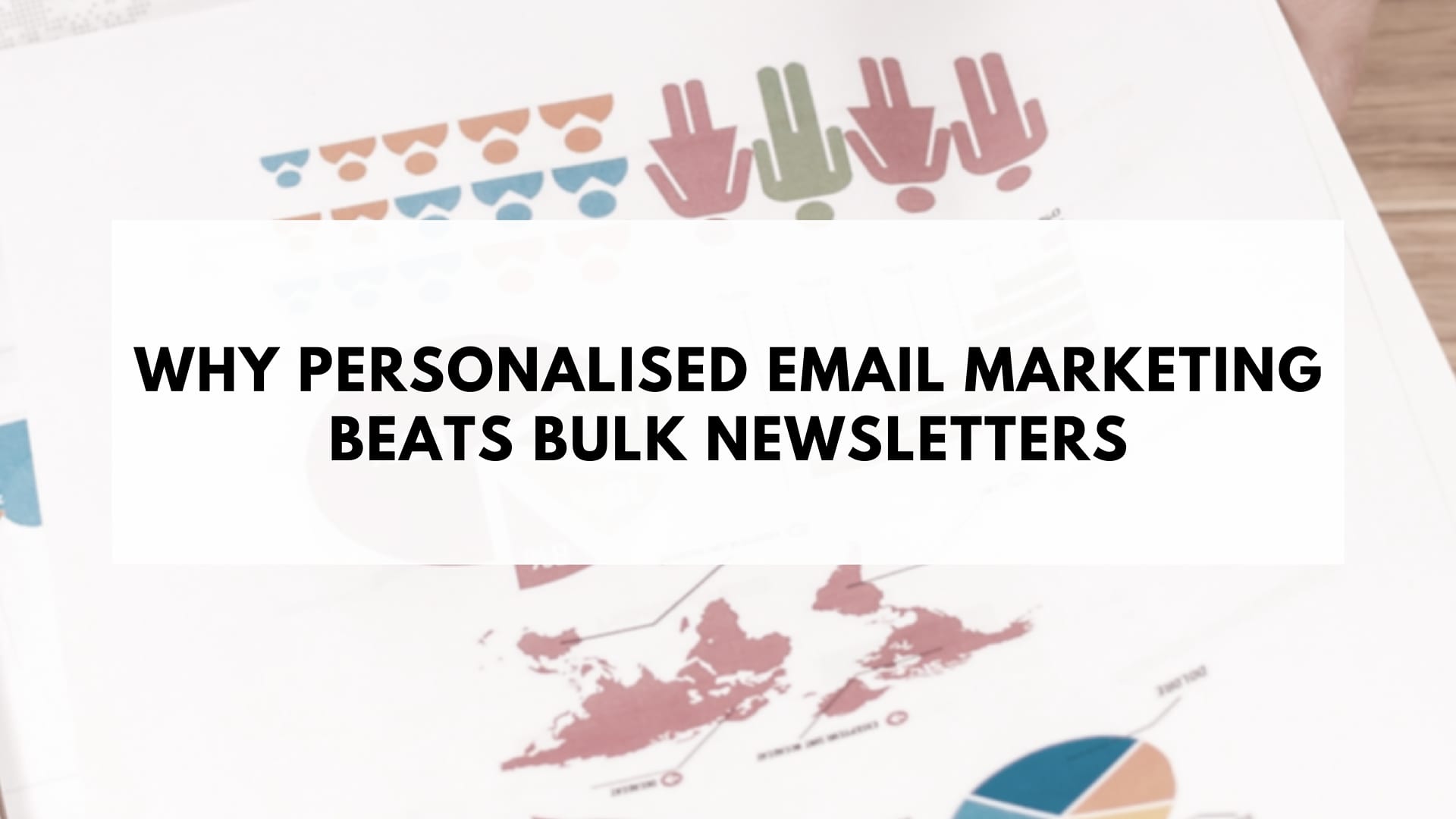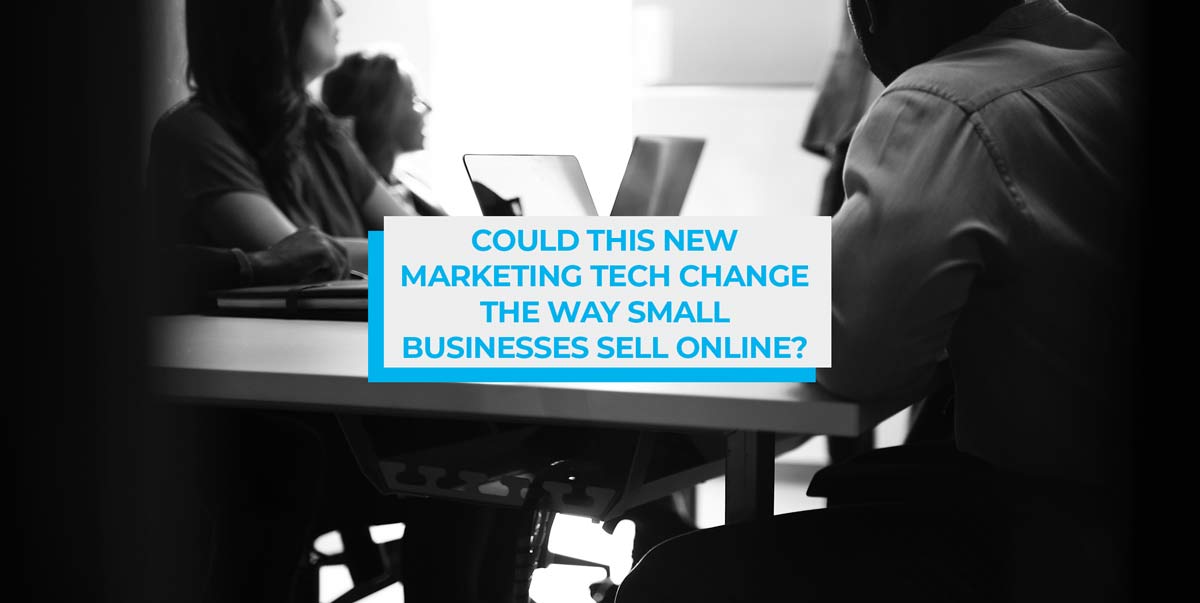Achieve Amazon-like Sales Growth with Product Recommendations. With Amazon’s sales growth accounting for 53% of all online retail growth in 2016, any e-commerce marketer should learn everything they can from the king of e-commerce.
Jeff Bezos has made it no secret that the key to Amazon’s growth is their hyper charged recommendation engine and their constant implementation of machine learning in every part of their business. At a high level, terms like machine learning can scare smaller online retailers away – but broken down at a smaller scale every retailer regardless of size can implement Amazon’s recommendation strategies in their own marketing. Amazon’s recommendation engine is quite simple in theory. While Amazon needs machine learning to do it at scale, any retailer can utilize their upselling and cross-selling strategies with common sense, a few minutes of data analysis, and some handy apps.
In this post I’ll highlight each of Amazon’s recommendation strategies and show you how they implement them through on-site recommendations, email recommendations, and recommendations with Facebook Dynamic Product Ads.
On-site recommendations
Amazon’s on-site recommendations are undoubtedly a key to their success. The developers of this recommendation algorithm refer to it as ‘item-to-item collaborative filtering‘. Basically, this means that Amazon customers are provided with matches based on the items they interact with, rather than trends among similar customers.
Just engaging with a few products on Amazon.com is enough to trigger the site’s algorithm to start recommending products to customers. So I created an account with Amazon to test this out.
The first product I clicked on was the movie Moana. What can I say? I’m a Disney fan.

You don’t need to have a team of genius developers with fancy algorithms to create a tailored browsing experience for your customers. Here are some tips from Amazon that you can use to improve your e-commerce store’s on-site recommendations.
Tip 1: Recommend products your customers will enjoy.
On the same page as before, Amazon showed me some more movies that other customers had also watched.

By claiming that customers who saw Moana had also watched the other films shown, Amazon is cross-selling with social proof. We are led to believe that these other film titles are popular amongst those who watched Moana.
Even though I didn’t add Moana to my shopping cart, let alone actually purchase it, the algorithms figured out that I’m at least interested in the movie. Amazon then started recommending even more animated films to me when I navigated to the website’s home page.

These suggestions are a combination of new films (ones that I’ve probably never seen before), or movies that have proven to be hugely popular (Frozen, Beauty and the Beast, Tangled and Toy Story); they’re putting their best foot forward. Based on my engagement with Moana, I should be interested in at least one of these other movies.
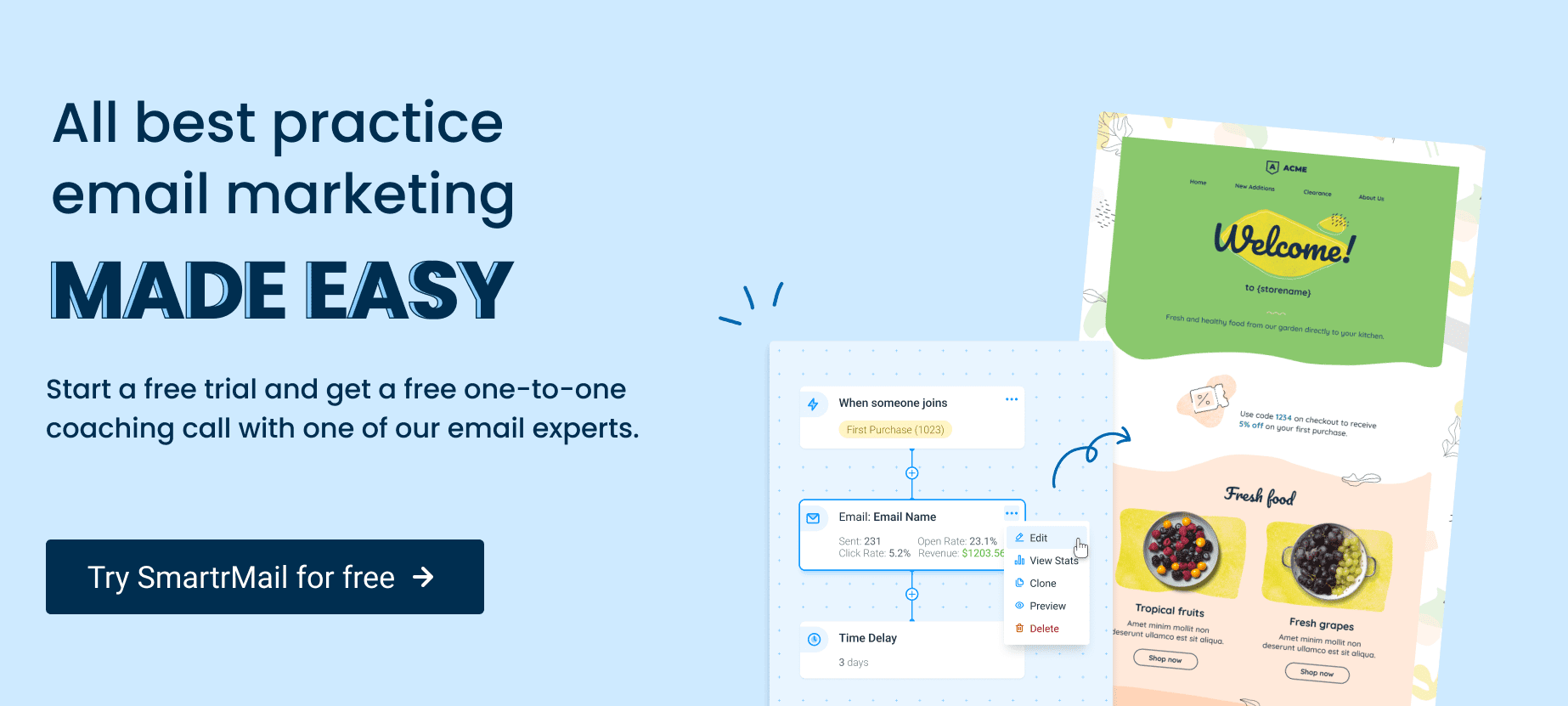
Tip 2: Think laterally about the target audience of your product.
Most of the movies recommended to me are quite similar to Moana. They’re from Disney, or they’re at least animated. The exception is Jason Bourne, as shown above. Including this movie is actually pretty clever on their part.
Moana and most of the other films in this section are clearly targeted toward children, who probably don’t have their own Amazon accounts or the financial means to purchase these movies.
By recommending a film targeted toward adult audiences, Amazon is effectively giving parents their own option; after their kids have watched Moana, they can put them to bed and watch Jason Bourne afterwards. This is again evident when I navigate back to Amazon’s home page, where I was recommended Jack Reacher: Never Go Back.

Of course, it is important to know your target audience, but also think about who else might be paying for your products.
For example, you might be an e-commerce store that sells women’s jewellery. While your products should be appealing to your female customers, your on-site recommendations could also target their husbands or boyfriends who might be purchasing something as a gift.
Tip 3: Cross-sell with complementary products.
Amazon attempts to cross-sell by showing me products that are complementary to the item I’m currently viewing.

Amazon again uses social proof in this recommendation. They suggest that this iPod and the iPod case are “frequently bought together” by other customers. Whether this is true or not (the cynical side of me thinks that it’s maybe an effort to push sales for some more unpopular items), having this cross-sell there is putting the idea in the customer’s head. It could even result in the purchase of an extra product.
As a relatable offline example, I recently bought a pair of leather boots from Airflex. As the shop assistant was processing the order, she pointed to a tube of water repellant cream next to the counter. She suggested that I should buy it to treat my new shoes with, so they wouldn’t get ruined if I were to wear them in the rain. It’s cross-selling with relevant product recommendations like this that can increase your revenue.
If you’re using Shopify, we recommend the Also Bought app to make cross-sells easy.
Tip 4: Showcase similar items, so that customers can compare.
And what if I don’t like the particular product I’m looking at? Well Amazon takes it upon themselves to suggest similar products that I might be more interested in.

They provide a variety of similar products with slight differences, such as colour, price, design, and so forth. Amongst all these different iPods, there must be one that I like, and would be willing to purchase.
Tip 5: Upsell if there’s a new, better model.

Who wants a shabby old iPod, when they could have the newer, better model? Customers are always looking out for what’s trendy. Sure, people are often on the hunt for a bargain too, but you could potentially be making more money by showing them the newer (and more expensive) product.
If you’re using Shopify, we recommend Bold Upsell to get upsells set up quickly without any coding.
Use SmartrMails powerful Product Recommendation system for increased results
? Install SmartrMail and Automate your Product Recommendation Emails ?
Tip 6: Remind customers of products that they’ve looked at.
Finally, the ‘Browsing history’ shows me items that I’ve clicked on. This works in two different ways. Firstly, it reminds me of products that I’ve recently looked at, and was probably interested in buying. Secondly, it makes it easy for me as a potential customer to quickly revisit these items. I don’t have to look through the history on my browser, or have to search for the product again.
Customers can easily find these items, making it more likely that they will go through with the purchase. Some people (myself included) have a Dory-like memory and need to be reminded of things. So at the very least, it reminds customers of the products they were interested in.

E-mail Product Recommendations
Amazon also makes recommendations through e-mail. If you’re unfamiliar with e-mail marketing, check out this introduction to email marketing for e-commerce. Continuing to recommend products to customers has a number of advantages.
Firstly, it can reinforce on-site recommendations for products that they’ve seen, or show them products that they might have missed or haven’t noticed before on your e-commerce store.
If your customer has already purchased an item, it’s also a good way of recommending some more complementary items they may be interested in. The added advantage of e-mail recommendations is that it’s a more direct one-to-one message that can reach your customers, whether or not they’re browsing your site. With relevant copy and products customers will engage with your messages and easily be drawn back to make a purchase.
Here are some more tips that can you take on board in the email marketing of your own e-commerce store.
Tip 1: Personalize your recommendation e-mails.

In this e-mail, Amazon personalizes both the recipient name and the recommended products in the body of the e-mail. I can’t stress the importance of personalizing e-mails to customers enough. When combined with personalized recommendations, this makes the customer feel like you understand them.
“Due to Amazon’s email recommendations, 1 board game purchase resulted in 3.” – Josh Reyes
It might be a good idea to use a more casual greeting, though. Something like ‘Hi’ or ‘Hey’ could make the address feel less automated, and more casual. Similarly, using just the customer’s given name, rather than their full name, could work to the same effect.
Tip 2: But be careful about personalizing your emails.

Even if your customer has purchased a product before, think about whether they would purchase it again. As shown above, a male customer may purchase a product as a gift for their girlfriend or wife. But this is probably going to be a once-off transaction, and they will probably be less inclined to buy a similar product after their purchase. Suggesting a similar product targeted towards men after the purchase has been made or after enough time has passed could have been more effective.
Tip 3: Show more social proof.

Referring to purchasing trends amongst other customers, and describing recommendations as “best selling” gives e-mail recipients social proof of these products. This suggests to them that these items are popular. People always want to fit in with the in-crowd. It should be also noted that these claims are not backed up in the email with things like customers’ ratings or comments.
This could be a good opportunity to highlight some positive feedback that your products have received, assuring customers that the product is high quality.
Recommendations with FaceBook Dynamic Product Ads
You may have noticed that after you’ve been browsing online, you’ll start seeing adverts for products you’ve looked at – on Amazon, in this case. Particularly on Facebook, these will appear both in your timeline, as well as on the side bar.

This merges both Amazon interest-based ads and Facebook dynamic ads in reinforcing on-site and e-mail recommendations for customers. Using Facebook dynamic adverts can help to promote products to customers who have already expressed interest on Amazon.

Amazon’s retargeting campaigns can be helpful in reminding customer of items they’ve forgotten about. In saying so, be careful you don’t cross the line into being creepy. Sometimes, I’ll see an advert online that’s so personalized that it includes my suburb or postcode and I get freaked out. You don’t want to do that to your customers.
But it makes no sense not to tap into Facebook as a tool for e-commerce; Facebook is the top social media platform, with 1.23 billion users scrolling through their timelines each day. Using social media for marketing is something that every e-commerce store should do, and Facebook dynamic ads are an easy way to do this.
Future predictions
It’s their ability to adapt to trends that has seen Amazon rise to the top.
Amazon’s net sales revenue for 2016 was 135.99 billion U.S. dollars – up from 107.01 billion the year before. Their revenue growth has been exponential; the company has managed to multiply their revenue almost thirteenfold over the last decade.

With the success of their on-site recommendations, e-mail marketing, and integration with social media, Amazon will continue integrating machine learning and artificial intelligence in every part of their business.
Amazon’s CEO Jeff Bezos discusses this in a letter to Amazon shareholders:
“At Amazon, we’ve been engaged in the practical application of machine learning for many years now. Some of this work is highly visible: our autonomous Prime Air delivery drones; the Amazon Go convenience store that uses machine vision to eliminate checkout lines; and Alexa,1 our cloud-based AI assistant. (We still struggle to keep Echo in stock, despite our best efforts. A high-quality problem, but a problem. We’re working on it.)”
But Bezos also hints at how the company uses machine learning behind the scenes. He discusses the use of machine learning in the website’s algorithms, making improvements in demand forecasting, product search ranking, product and deals recommendations, merchandising placements, fraud detection, translations, and so forth.
The company is also looking at lowering costs of machine learning and artificial intelligence. This means that other organizations might be able to access these in the future, and use them in their own business practices.
With all of this in mind, what are some of your own strategies in preparing your e-commerce store for the future? Are you providing on-site recommendations for your customers? Or are you using e-mail marketing or social media analytics? Leave a comment below.
